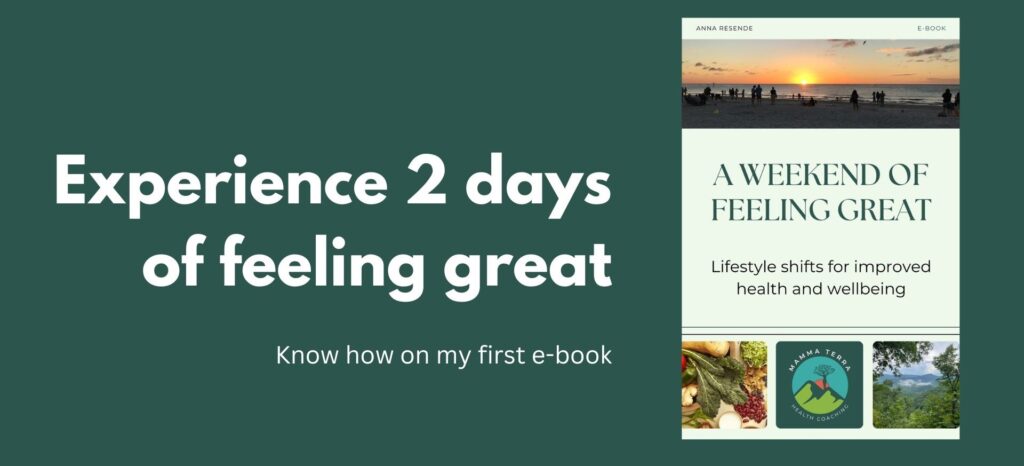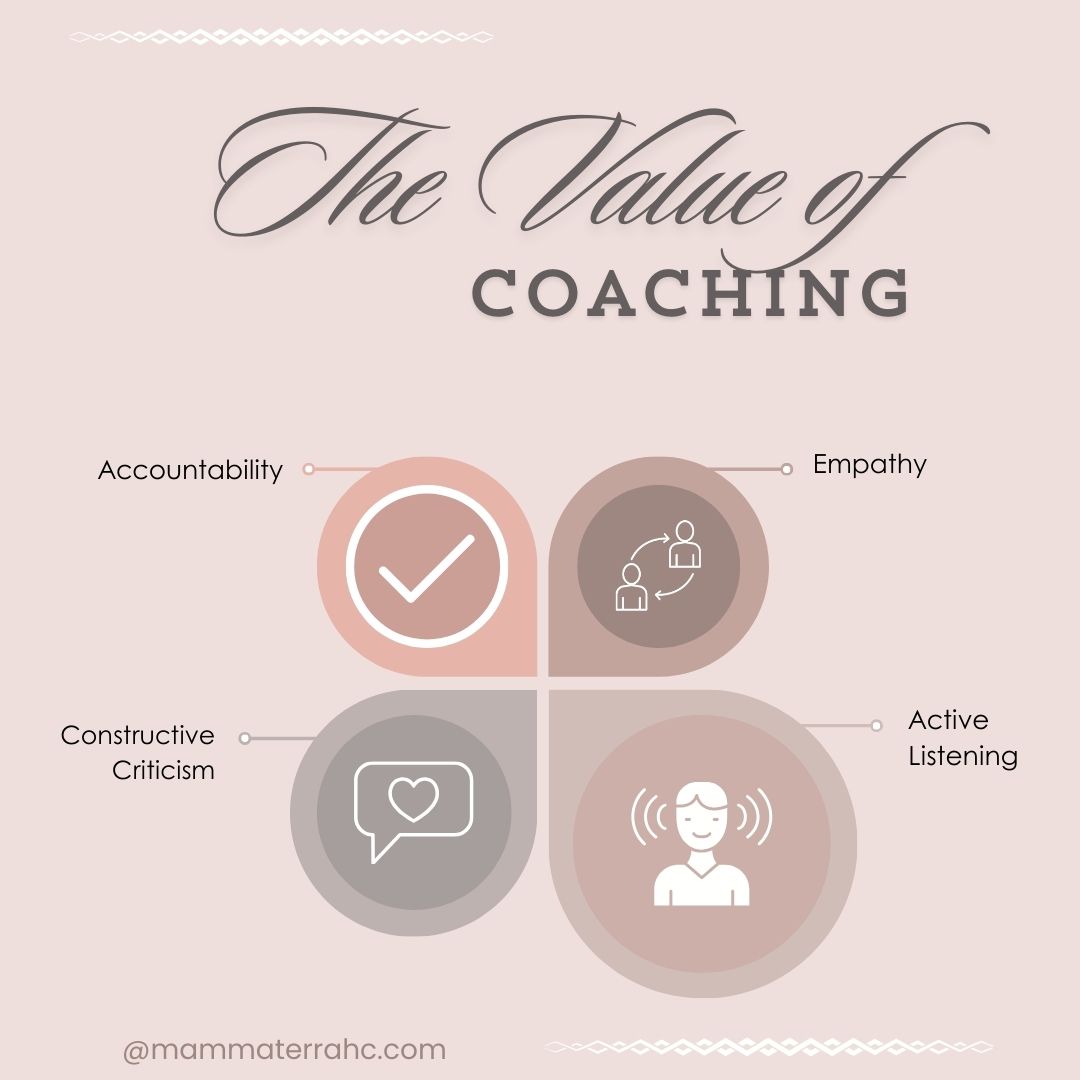The Art of Breathwork
Take a moment to notice your breath – breathe in and breathe out. It’s something so simple and automatic that we often overlook its incredible power. But what if I told you that mastering the art of breathwork could significantly enhance your health and well-being? In this blog post, we’ll explore the most known breathing exercises and delve into the remarkable benefits of incorporating the art of breathwork into your daily life.
Breathwork Basics
Breathing is the only body function that is managed by two different sets of nerves and muscles, those in the voluntary system and those in the involuntary system. Breathwork is a practice that involves deliberate control and manipulation of the voluntary system. Like with muscles, the goal of breathing exercises is to build muscle memory imprinting deep breathing in our involuntary system. This means breathing is a function that can be developed. It can also be done anywhere and anytime at no cost.
The beauty of breathwork, the cornerstone of practices like yoga and meditation, is its accessibility – you always carry your breath with you.
The Way
Most of us tend to take shallow breaths, primarily using the tip of our lungs which hold only 15% of our total air capacity. Deep abdominal breathing is a form of breathing that uses the diaphragm. That’s the way all different breathing exercises encourage you to breathe regardless of the technique chosen. By doing so, we take the air all the way down to the bottom of our lungs using their full capacity, therefore maximizing oxygen intake.
So, inhale deeply through your nose, letting your abdomen expand, and then exhale slowly through your mouth, allowing your abdomen to contract. This is also known as belly breathing.
Benefits of Breathwork
Beyond calming your mind and reducing stress, regular breathwork has other incredible benefits:
- Improve Energy Level: Using the full capacity of our lungs keeps our cells better oxygenated meaning we’ll have more energy and consequently feel less tired.
- Boost Immune Function: Deep breathing enhances the oxygenation of all organs and systems, including the immune system’s functions helping it ward off illnesses.
- Enhance Mental Clarity: As breathwork improves brain oxygenation, it can sharpen your focus and cognitive function, making it a valuable tool for productivity and problem-solving.
- Lower Blood Pressure: Slow, deliberate breathing reduces heart rate and consequently blood pressure, contributing to better cardiovascular health.
- Manage Pain: Breathwork is a powerful ally in managing pain. It can help individuals cope with discomfort and promote faster recovery from injuries.
- Improve Sleep Quality: Breathing techniques, especially when practiced before bedtime, can lead to more restful and rejuvenating sleep.
There are a number of different breathing techniques so, I’ve chosen the three most known ones to describe here. All of them will prompt all benefits to different degrees. I invite you to try them all and pick the one that best fits you.
4-7-8 Breathing
Inhale through your nose for a count of 4, hold your breath for a count of 7, and exhale through your mouth for a count of 8. Repeat this cycle for 4 times, and you’ll feel an immediate sense of calm. This is the technique I’ve adopted for myself and have been doing it twice a day for almost a year now.
After researching and trying different techniques, Dr. Andrew Weil MD, one of the pioneers of integrative and functional medicine, developed the 4-7-8 breathing technique which he considers the most effective of all. Dr. Weil graduated from Harvard Medical School in 1968 and has been advocating for healthy lifestyles and food as medicine since then. He wrote several books that have appeared on various bestseller lists, the last one being Healthy Aging. The doctor and author has been doing this breathwork himself, twice a day, for years and he is a healthy and strong 81-year-old man who is still working, giving speeches and lectures.
Dr. Weil recommends breathwork for the treatment of depression and anxiety and says in his numerous YouTube videos that his 4-7-8 technique is more powerful than all anti-depressant medications available on the market. Why other doctors are not prescribing it? Unfortunately, nobody can make money prescribing breathing exercises, he says.
Alternate Nostril Breathing
This ancient yogic breathing practice can balance your energy as well as reduce anxiety. With your right thumb, close off your right nostril and inhale deeply through the left nostril. Then, use your right ring finger to close the left nostril as you exhale through the right. Inhale through the right, close it off and exhale through the left. Repeat this cycle for a few minutes.
Box Breathing
Another variation of breathing exercise, Box Breathing has been used by Navy Seals for calming the mind and reducing stress. Inhale through your nose for a count of 4, hold your breath for a count of 4, exhale through your mouth for a count of 4, and hold your lungs empty for a count of 4. Repeat this cycle, using a mental square image to help, for 4 times, and you’ll feel the anxiety leaving your body.
Incorporating breathwork into your daily routine is a gift to your mind and body. It’s a simple, accessible practice that can make a profound difference in your overall health and well-being. So, the next time life gets hectic, pause for a moment and take a deep, mindful breath. Your body and mind will thank you.
Remember: Good is what makes you feel well!
Anna.
Read more about other mindfulness practices at Meditation.

Anna Resende
Integrative Nutrition Health Coach
Certified by IIN - Institute for Integrative Nutrition
Every week I send out my newsletter called Mamma’s Tips where I share health and wellness topics, good books, recipes, and more.
Click below to subscribe!
I’m excited to share that I just published my first e-book
A Weekend of Feeling Great!

In this book, you’ll find all the steps you can take to feel great. Besides all the foundational principles of multidimensional health, it has a sample of a productive daily routine and a two-day menu with 10 healthy recipes for you to try.




